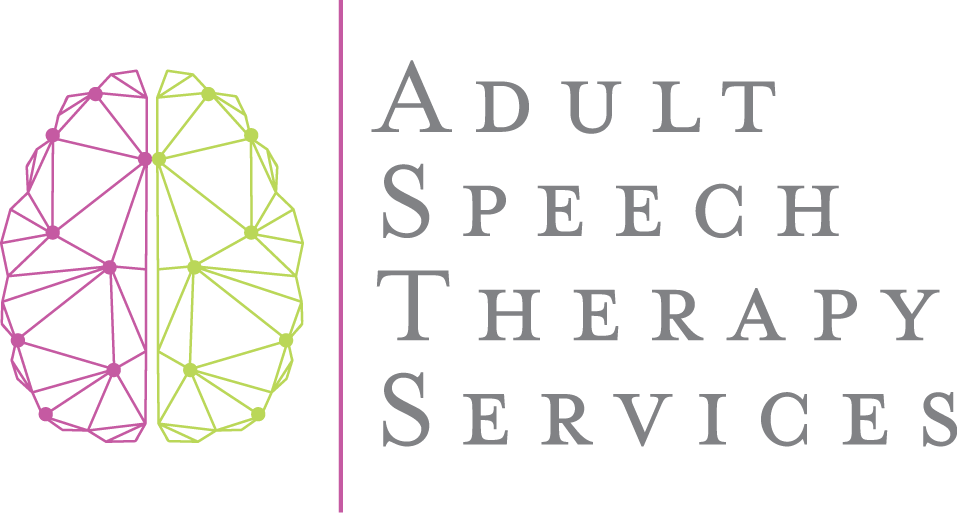
AAC systems include:
No and low-technology communication aids
Picture communication boards
Use of gestures
Drawing pictures
Writing
High-technology communication aids
Speech Generating Devices (SGDs)
Tablet computers
Apps
These systems can be a temporary communication solution while speech and language skills are improving, or may be a permanent mode of communication for their users.
AAC systems ensure that the user is able to participate successfully in social situations in the home, community and/or workplace.
Augmentative and Alternative Communication, or AAC, can be a game-changer for adults with severe speech and language difficulties. AAC systems consist of no-tech, low-tech, and high-tech options that support successful communication when you or your loved one experience difficulty talking.
AAC systems serve to supplement and support your speech, or can also serve as an alternative to verbal communication. AAC can be beneficial for both short-term and long-term use.
How Is AAC Delivered?
There are multiple AAC systems available to support communication. The first step to finding the right AAC system is to schedule an evaluation with a speech therapist with experience in AAC.
The speech therapist will evaluate speech and language, listening, reading and writing skills in order to select the AAC supports that are right for you or your loved one. It will be important to attend follow-up treatment sessions with the speech therapist so that you can learn how to use the AAC systems effectively.
No-tech and low-tech options include picture or text-based communication boards, use of gestures or facial expressions, writing, and drawing. High-tech options include apps on an electronic device or a speech-generating device (SGD.)
Who Is a Good Candidate for AAC?
If you or a loved one have difficulty communicating due to aphasia, apraxia of speech, or dysarthria, AAC systems could significantly improve your ability to communicate and participate in day-to-day activities and events. Consult with a speech therapist to determine if an AAC system could help you.
What Should We Expect After AAC?
With the help of your speech therapist, AAC systems will be customized to meet each individual’s communication needs. It will be important for not only the AAC user, but also their family and caregivers, to learn how to facilitate AAC use in the home and community settings.
In addition to augmenting and providing an alternative to verbal expression, AAC systems can also be used as a therapy tool to support improved speech and language production over time.
Where Can I Find AAC in Maryland?
At Adult Speech Therapy Services, speech-language pathologist Jessica Parker specializes in a wide variety of speech therapies, including AAC.
Call us today at 301-323-8486 to book your complimentary phone consultation to learn more about how we can help with your AAC needs!
Testimonials


